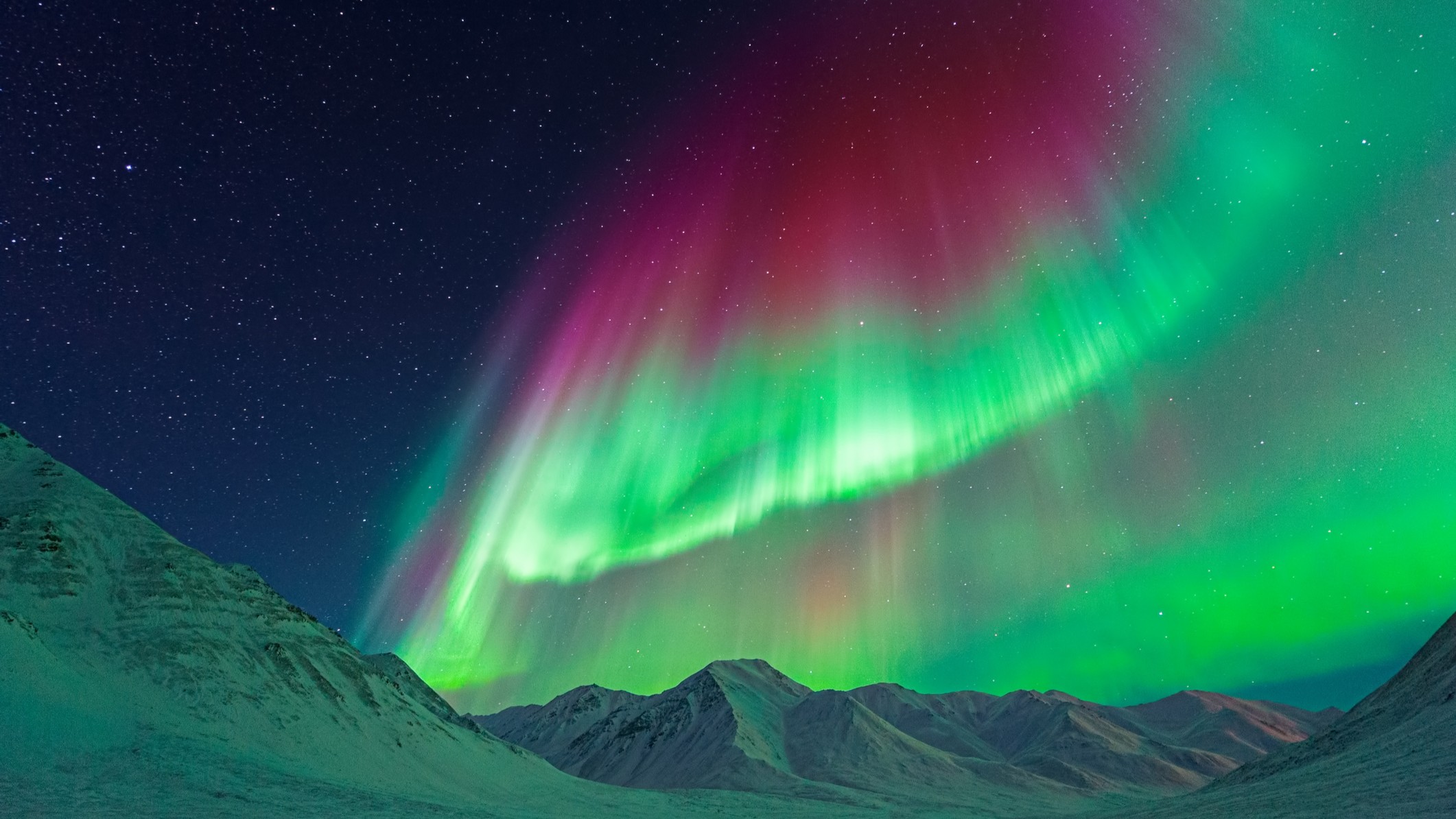
Stunning Northern Lights May Dance Across 23 US States Tonight
Hey everyone, if you're a skywatcher or just someone who loves nature's surprises, tonight could be an absolutely magical evening. We’re experiencing a major geomagnetic storm that's strong enough to push the northern lights — those stunning green and red curtains of light — far beyond their usual range. I’m talking about potential visibility as far south as Alabama and northern California. That's right — auroras may appear in 23 U.S. states tonight.
This surge of auroral activity is due to a powerful solar event that occurred just a couple of days ago. A full-halo coronal mass ejection, or CME, erupted from the sun and raced toward Earth at a blistering speed — over 1,200 miles per second. That wave of charged solar particles smashed into our magnetosphere on June 1, and now Earth’s magnetic field is buzzing with activity. The NOAA Space Weather Prediction Center has issued a G4 (that’s severe) geomagnetic storm alert, and Kp index levels are peaking near 8, which is exceptionally high.
Also Read:- Lisa Gilroy Brings the Laughs and Love to the 2025 Canadian Screen Awards
- Six Injured in Major Downtown Gatlinburg Crash That Shut Down Parkway
So what does that mean for you? If you live in states like Alaska, Montana, Michigan, or even Pennsylvania and Illinois — heck, even Rhode Island or Indiana — you’ve got a chance to see the northern lights tonight. The best viewing time? Aim for between 1 and 2 a.m. local time, especially if you can get to a dark, north-facing spot away from city lights.
But here's the fun part: these things are unpredictable. Sometimes the aurora stretches even farther south than forecasted. So even if you’re in a borderline state, like Nebraska or Connecticut, it’s still worth stepping outside and looking up — especially around midnight.
Now, for those of you who really want to maximize your chances, I recommend downloading a space weather app like "My Aurora Forecast & Alerts" or “Space Weather Live.” These apps give you real-time updates on aurora visibility based on your location and solar storm conditions. And if you do manage to snap a photo of the auroras, Space.com is even encouraging submissions for those lucky enough to capture the show.
Just keep in mind, these solar storms aren’t all pretty lights and good vibes — they can affect power grids, satellite communications, and even your GPS. But tonight, the upside is that many Americans will get a rare chance to witness one of nature’s most breathtaking displays without having to travel to the Arctic Circle.
So grab a coat, head outside, and keep your eyes on the northern sky. If the clouds cooperate and the storm holds, you might just see the sky shimmer in a way you’ll never forget.
Read More:



0 Comments